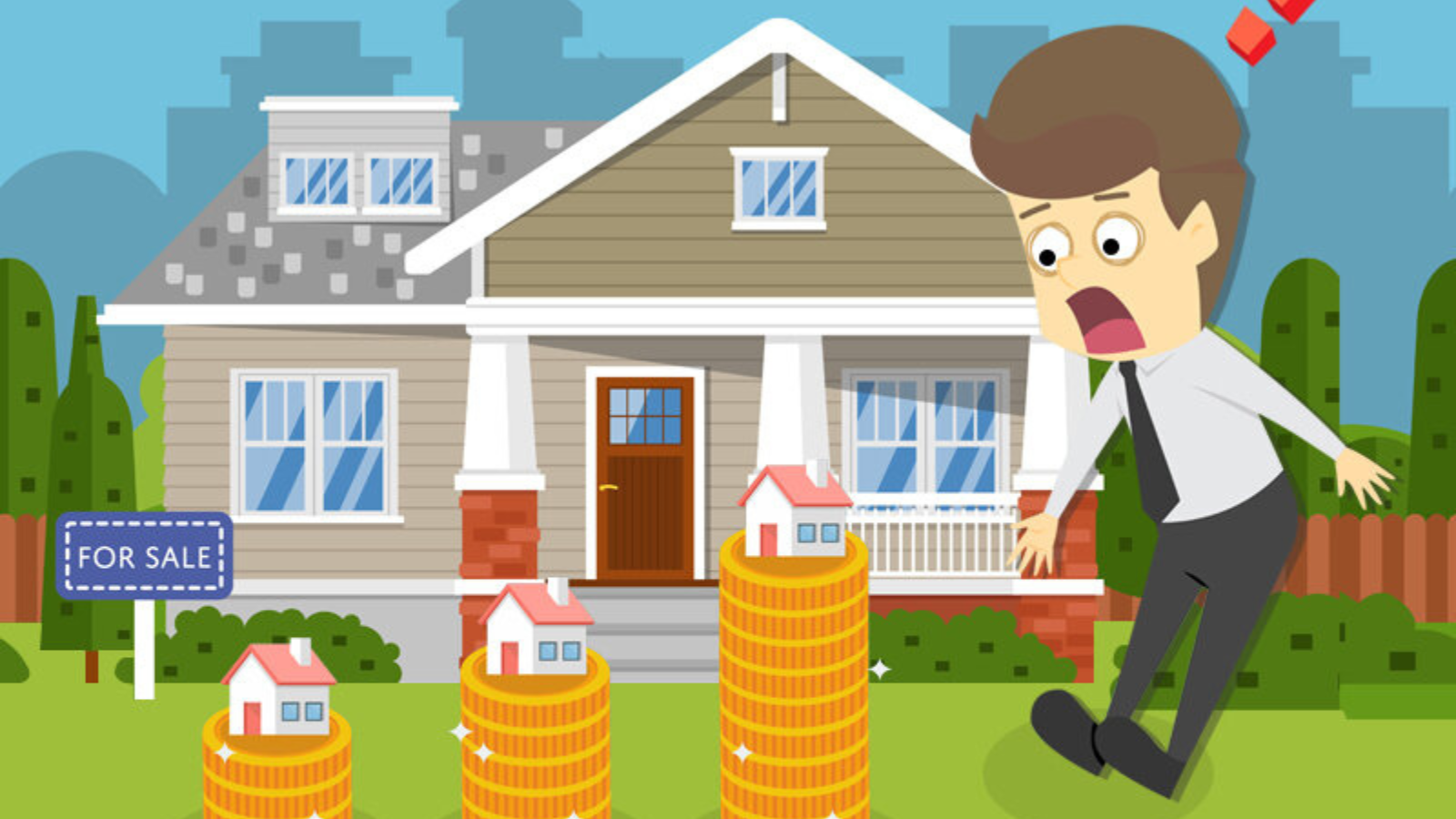In a competitive real estate market like San Jose, it’s crucial to understand the factors that influence home prices. While some elements are within our control, others are beyond our reach. By gaining insight into these uncontrollable factors, you can make informed decisions when buying or selling a home in the San Jose area. In this article, we will explore five key factors that impact San Jose home prices.
1. Economic Conditions and GDP Growth
The state of the economy plays a significant role in the real estate market, including San Jose. During the Great Recession of 2008-2012, the real estate industry experienced a severe downturn, with property values depreciating. Today, the connection between the macroeconomy and real estate remains strong. Factors such as GDP growth, income growth, manufacturing activity, and unemployment rates influence San Jose home prices.
For example, if the local economy experiences a higher income growth rate compared to the national average, it can lead to an increase in buyers’ spending power. As a result, the demand for housing rises, driving up home prices. It’s important to stay aware of economic indicators and trends to gauge the market conditions and make strategic decisions.
2. Interest Rates and Mortgage Rates
Interest rates have a direct impact on mortgage rates, which, in turn, affect the demand for real estate. When interest rates rise, mortgage rates increase, reducing affordability and potentially lowering home prices. Conversely, when interest rates are low, it stimulates demand and can drive up home prices.
San Jose homebuyers and sellers should closely monitor interest rate fluctuations to understand how they might affect the local real estate market. Additionally, global market conditions and foreign investment can also influence interest rates, making it essential to stay informed about both local and global economic factors.
3. Location and Neighborhood Amenities
The location of a property significantly affects its value. In San Jose, properties located near amenities such as restaurants, parks, schools, and shopping centers tend to have higher prices. Proximity to these establishments enhances convenience and quality of life, making the area more desirable for potential buyers.
Zoning restrictions also play a role in determining home prices. Local regulations and builder activity can impact the supply of new homes, influencing the balance between supply and demand. Areas with limited new home supply may experience higher prices, while those with an abundance of new construction may see more competitive pricing.
Furthermore, developments in the surrounding neighborhood can impact a property’s value over time. The addition of new infrastructure, such as roads, schools, and recreational facilities, can enhance the desirability of a location and contribute to increasing home prices. Consulting with a local real estate professional who understands the community can provide valuable insights into the future potential of a property.
4. Investor Activity and Market Trends
Investor activity plays a significant role in the San Jose real estate market. According to the National Association of Realtors (NAR), approximately 20% of homes purchased are by investors. These investors may buy properties at lower prices, renovate them, and sell them for a profit, or rent them out for additional income.
During times of economic uncertainty or housing market distress, such as the housing crisis of the late 2000s, investors may increase their purchases of distressed properties. However, if the number of distressed properties decreases, investors may choose to liquidate their holdings, potentially flooding the market with homes for sale. An oversupply of homes can lead to a decrease in prices, creating a buyer’s market.
San Jose homebuyers and sellers should be mindful of investor activity and market trends to gauge the overall health and stability of the real estate market.
5. Comparable Sales and Appraisal Process
Comparable sales, also known as “comps,” play a crucial role in determining the market value of a home. Appraisers and real estate agents use recent sales of similar properties in the area to establish a benchmark for pricing. These comps help determine a fair market value for a home based on its features, size, and location.
However, foreclosures and short sales can complicate the appraisal process. These distressed properties often sell at lower prices, which can bring down the average sales price in the neighborhood. It’s essential to consider both regular sales and distressed sales when analyzing comps to get an accurate picture of the market.
San Jose homebuyers and sellers should work closely with their real estate agents and appraisers to understand the impact of comps on their property’s value and set realistic pricing expectations.
Conclusion
While we cannot control all the factors that influence San Jose home prices, understanding these uncontrollable elements can help us navigate the real estate market more effectively. Economic conditions, interest rates, location, investor activity, and comparable sales all play a role in determining home prices.
By staying informed about economic trends, monitoring interest rates, considering neighborhood amenities, and analyzing market trends, you can make informed decisions when buying or selling a home in San Jose. Working with experienced real estate professionals who understand the local market can provide valuable insights and guidance throughout the process.
Remember, the San Jose real estate market is dynamic, and it’s crucial to stay updated on the latest trends and factors that impact home prices. With careful consideration and the right knowledge, you can make strategic moves in the market and maximize your returns.





